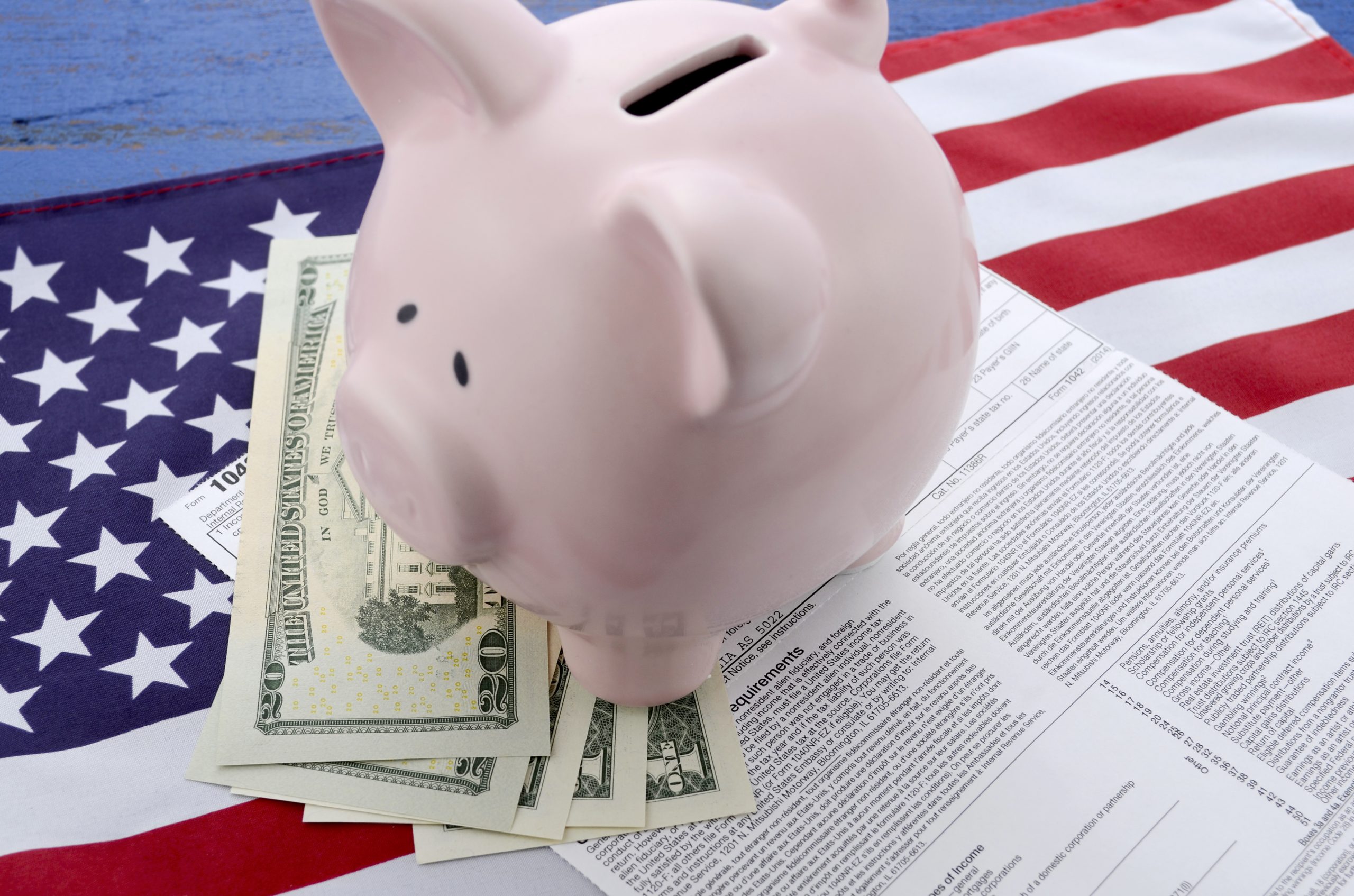“The authors of the ITIF report noted that, according to the international comparison and benefit-cost analysis, U.S. tax support for R&D is too low and should be increased to 15.5% in order to be fiscally responsible.”
 The Information Technology & Innovation Foundation (ITIF) yesterday released a report authored by John Lester and Jacek Warda, titled “Enhanced Tax Incentives for R&D Would Make Americans Richer.” The ITIF is a nonprofit, nonpartisan research and educational institute that focuses on technological innovation and public policy. The report explained that many countries seek to increase innovation and, therefore, provide tax support to companies to incentivize them to perform research and development (R&D). The report also explained that United States falls “behind comparable countries in the level of tax support it provides to spur research and development” and that increasing such tax support or incentives would likely result in a boost in “Americans’ real incomes through innovation, productivity, and competitiveness.”
The Information Technology & Innovation Foundation (ITIF) yesterday released a report authored by John Lester and Jacek Warda, titled “Enhanced Tax Incentives for R&D Would Make Americans Richer.” The ITIF is a nonprofit, nonpartisan research and educational institute that focuses on technological innovation and public policy. The report explained that many countries seek to increase innovation and, therefore, provide tax support to companies to incentivize them to perform research and development (R&D). The report also explained that United States falls “behind comparable countries in the level of tax support it provides to spur research and development” and that increasing such tax support or incentives would likely result in a boost in “Americans’ real incomes through innovation, productivity, and competitiveness.”
Existing R&D Tax Incentives
According to the report, the U.S. federal government provides two main investment tax credits (ITCs) for R&D, i.e. the Regular Credit (RC) and the Alternative Simplified Credit (ASC), and many U.S. states that account for over 80% of R&D performed also provide tax incentives to companies. The RC is available to firms that “increase their R&D intensity (R&D spending divided by revenue) relative to a fixed base period.” In particular, firms may claim a 20% tax credit on additional increments of R&D spending if its current R&D spending exceeds the base amount. Under the ASC, firms may “claim a 14 percent credit on the excess of current R&D spending over 50 percent of the average level of spending in the preceding 3 years.” The report noted that the effective subsidy rates for the RC and ASC can be calculated using data available from the Internal Revenue Service (IRS), along with certain assumptions. According to Table 1 of the report, the effective RC credit rate was 11.5% and the ASC was 5.5% between 2011 and 2014.
Overall, federal and state tax incentives account for 9.5% of R&D spending, which is quite low and ranks “24th out of 34 in a comparison group consisting of all Organization for Economic Cooperation and Development (OECD) member countries with a population of more than four million, plus Brazil, Russia, India, and China (BRIC).” The report also noted that “[t]he U.S. practice of requiring firms to reduce the base for depreciation allowances by the amount of the R&D tax incentive received is unusual in the comparison group of countries.”
The report also noted that provisions in the Tax Cuts and Job Creation Act of 2017 sets forth that the United States will not allow the expensing of current R&D costs beginning in 2022 by shifting the current expensing to a five-year amortization of R&D expenditures. Thus, “[u]nder forthcoming rules, current expenditures on R&D will be deducted from taxable income in equal installments over five years, beginning in the midpoint of the year when the expenditure was made.” Such a change would reduce the current 9.5% subsidy rate down to 2.8% and would bring the U.S. ranking down to 32nd out of 34.
Benefit-Cost Analysis
The report explained that output losses, such as other firms increasing sales at the expense of other firms, represent a social cost that has to be balanced with knowledge spillovers, such as knowledge leaks from one firm to another. The report noted that “[s]ince firms rightly do not take the positive spillover benefits into consideration when making investment decisions, there is a prima facie case for subsidizing business investment in R&D to correct this market failure.” The report also noted that it is important to consider the social costs and the benefits of subsidizing R&D to ensure intervening in the market by providing tax incentives would improve economic performance.
Possible Steps in the Right Direction
The authors noted that, according to the international comparison and benefit-cost analysis, U.S. tax support for R&D is too low and should be increased to 15.5% in order to be fiscally responsible. While a rate of 15.5% would only put America near the median level among comparable countries, it would still help improve the U.S.’s competitive advantage. The report noted that the elimination of the 2017 repeal of the expensing of R&D costs would allow an increase of U.S. tax support to 15.5% and further stated that “there is an advantage in using more than one instrument to achieve the target support level.” For example, the report explained that “the favorable tax treatment of foreign-derived intangible income (FDII), which indirectly supports R&D by reducing the tax rate on income from commercialized R&D products that are exported, should be expanded to cover income derived from commercialized R&D products sold domestically,” which would result in an increase in the “R&D subsidy rate by about 2 percentage points while encouraging the retention in America of commercialization activity and the associated taxable income.”
Image Source: Deposit Photos
Author: amarosy
Image ID: 69681789

![[IPWatchdog Logo]](https://ipwatchdog.com/wp-content/themes/IPWatchdog%20-%202023/assets/images/temp/logo-small@2x.png)

![[Advertisement]](https://ipwatchdog.com/wp-content/uploads/2024/04/Patent-Litigation-Masters-2024-sidebar-700x500-1.jpg)

![[Advertisement]](https://ipwatchdog.com/wp-content/uploads/2021/12/WEBINAR-336-x-280-px.png)
![[Advertisement]](https://ipwatchdog.com/wp-content/uploads/2021/12/2021-Patent-Practice-on-Demand-recorded-Feb-2021-336-x-280.jpg)
![[Advertisement]](https://ipwatchdog.com/wp-content/uploads/2021/12/Ad-4-The-Invent-Patent-System™.png)






Join the Discussion
No comments yet.